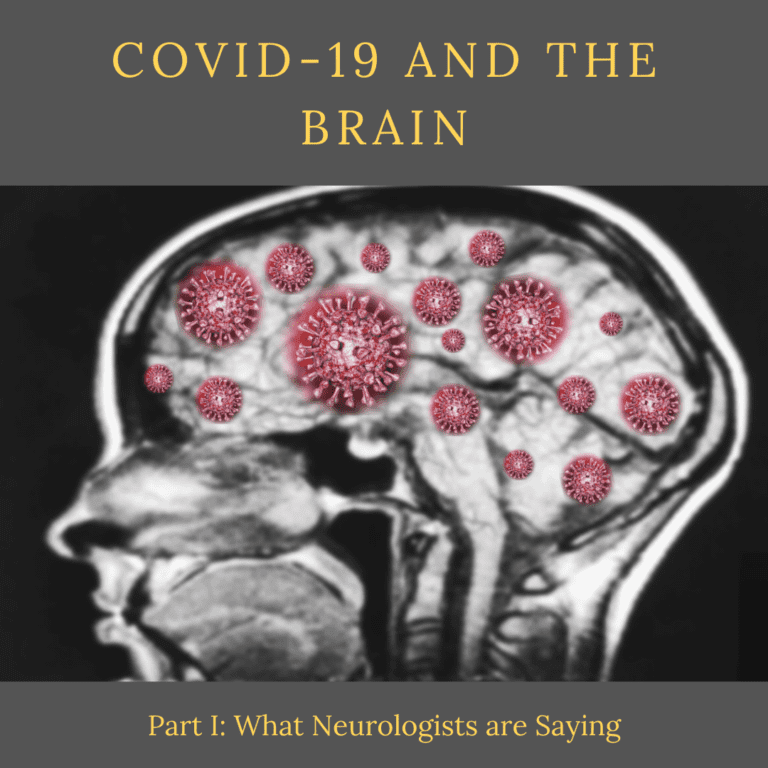As of January 4th, 2021, there are 20.7 million active cases of COVID-19 (SARS-CoV-2) in the United States and 85.2 million worldwide. Approximately 1.85 million lives have been claimed from this virus worldwide. Still, the mortality rate in the United States is about 1.7%, which is relatively low when compared to the mortality rate of past pandemics. As a reference, the seasonal flu has a mortality rate of 0.1%, while the 1918 flu pandemic had a mortality rate of 2% worldwide, SARS had a mortality rate of 15% worldwide, H1N1 had a mortality rate of 0.2%, and ebola had a mortality rate of 50% (source).
Unfortunately, the COVID-19 pandemic is a continuing situation that is expected to affect many more lives. Despite the fact that the virus has a relatively low mortality rate, it can cause a number of complications both during and after infection. While COVID-19 predominantly affects the respiratory system, recent research has shown that the effects of COVID-19 are not limited solely to the respiratory system. In fact, many neurologists are actually finding that COVID-19 affects the brain in a variety of ways during an active infection, as well as after the infection has passed.
In order to provide an accurate evaluation of the relationship between COVID-19 and the brain, this article will be divided into sections that will be posted throughout the month. These sections are to include:
- What Neurologists are Saying: An Introduction to Current Research
- How COVID-19 Reaches the Brain
- The Neurological Symptoms of COVID-19
- Post-COVID 19 Neurological Syndrome (PCNS)
What Neurologists are Saying: An Introduction to Current Research
Although SARS-CoV-2 is a novel strain of the coronavirus, meaning that this particular strain was not identified in humans prior to December of 2019, once it began to spread researchers jumped into action to learn more about this new strain of coronavirus. From a neurological standpoint, much of this research was concerned with how this virus would affect the brain, what neurological symptoms could it cause, and whether the effects would be acute or chronic. Here is a brief look at what some neurologists are saying:
“…the most likely entry point for the virus is the nose, so there seems to be a connection between the part of the brain that is located directly next to that entry point”
Dr. Zulfi Haneef, assistant professor of neurology and neurophysiology at Baylor College
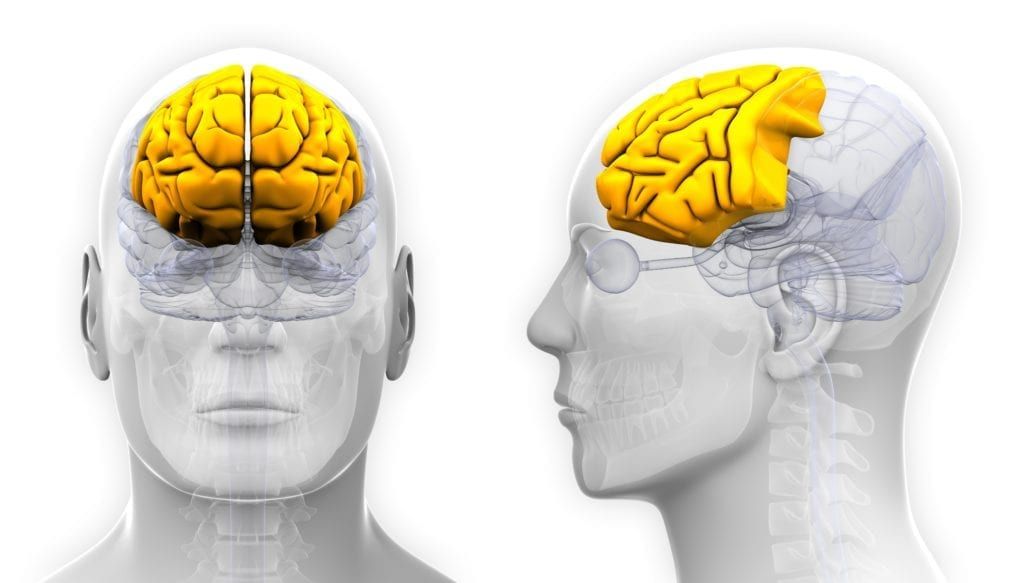
In Seizure: European Journal of Epilepsy, researchers from Baylor College of Medicine and the University of Pittsburgh performed a systematic review of various studies looking at COVID-19 and the brain. Their goal was to identify commonalities between the studies that could be used to learn more about how COVID-19 specifically affects the brain. One commonality they noted was that about one-third of the COVID patients who had an electroencephalogram (EEG) showed abnormal neuroimaging in the frontal lobe of the brain, specifically slowing or abnormal electric discharge. However, COVID patients are generally only given an EEG if they are experiencing neurological symptoms such as slowed reaction to stimuli, seizure-like events, speech issues, confusion, or inability to wake from sedation. Dr. Haneef noted that side effects to COVID, such as reduced oxygen intake or heart problems may also cause abnormal EEGs. Because of this, he suggests performing EEGs on more COVID patients, in addition to performing MRIs and CT scans to obtain more information about the abnormalities in the frontal lobe.
“…our findings show that neurological manifestations are very common in these patients…”
Dr. Igor Koralnik, Chief of Neuroinfectious Diseases and Global Neurology in the Ken & Ruth Davee Department of Neurology at Northwestern Medicine
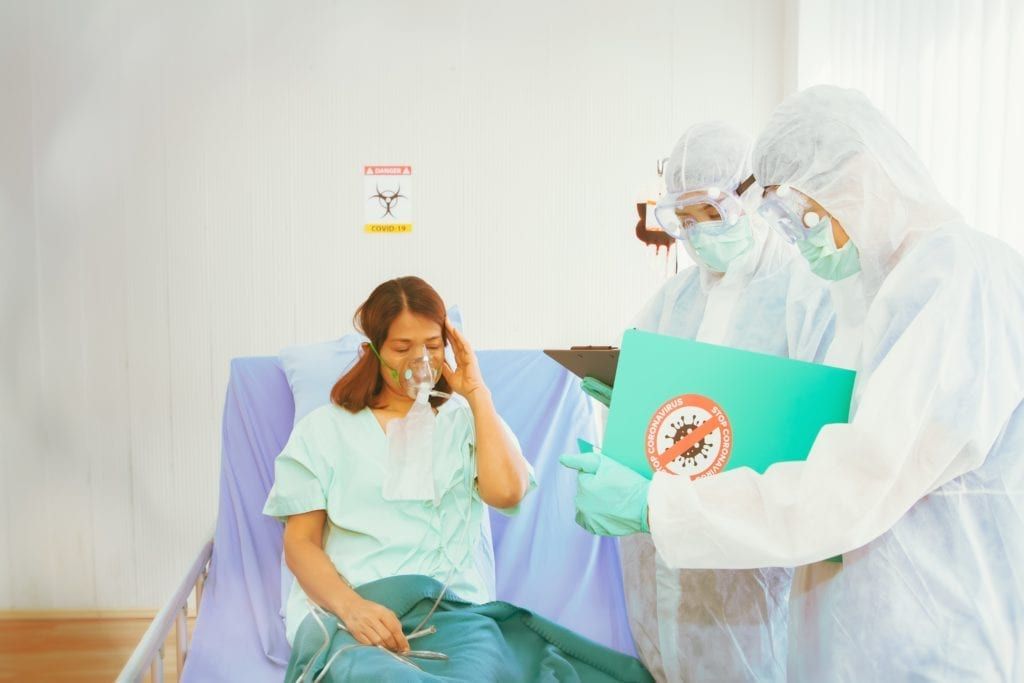
Published in the Annals of Clinical and Translational Neurology, researchers from the Ken & Ruth Davee Department of Neurology at Northwestern University Feinberg School of Medicine in Chicago Illinois studied 509 patients who were hospitalized for COVID-19. Out of these patients, it was found that as many as 82% showed neurological manifestations such as muscle pain, headaches, dizziness, altered mental function, and problems with their sense of smell and taste. While some patients experienced stroke, mobility disorders, seizures, ataxia, and motor or sensory deficits, these symptoms were not found to be as common. They also found that a significant number of patients continued to experience these symptoms even after they recovered. The study concluded that neurological manifestations happen in most patients hospitalized due to COVID-19.
“In summary, our results show that SARS-CoV-2 RNA and proteins can be detected in the CNS”
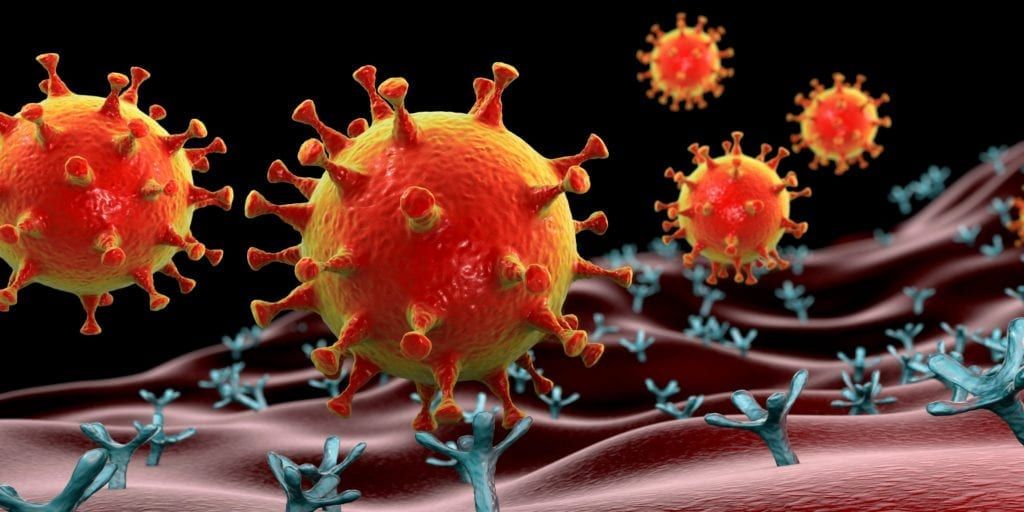
A clinical report was published in The Lancet Neurology titled, “Neuropathology of Patients with COVID-19 in Germany: A Post-Mortem Case Series”. This report examined brain tissue from 43 patients between the ages of 51-94 who died from COVID-19 in order to determine if the SARS-CoV-2 virus was present in the central nervous system, as well as to look for markers of inflammation. All participants in the study had received a positive test result confirming that they died from COVID-19. The report showed 86% of patients displayed the presence of astrogliosis, which is an abnormal amount of astrocytes due to the destruction of neurons, 53% of the brains contained SARS-CoV-2, and the ACE2 receptor was believed to be the entry point for the virus into the brain. The study ultimately concluded that the CNS damage in patients had no evidence to support the theory that it was caused directly by COVID, despite the fact that the virus was detected in the CNS. They also noted that astrogliosis occurs as a result of inflammation from other serious illnesses, so it was not clear that they were caused exclusively by COVID.
“The results of our study showed no signs that the coronavirus directly attacks the nervous system”
Jennifer Frontera, MD, Professor, Department of Neurology, NYU Langone Health
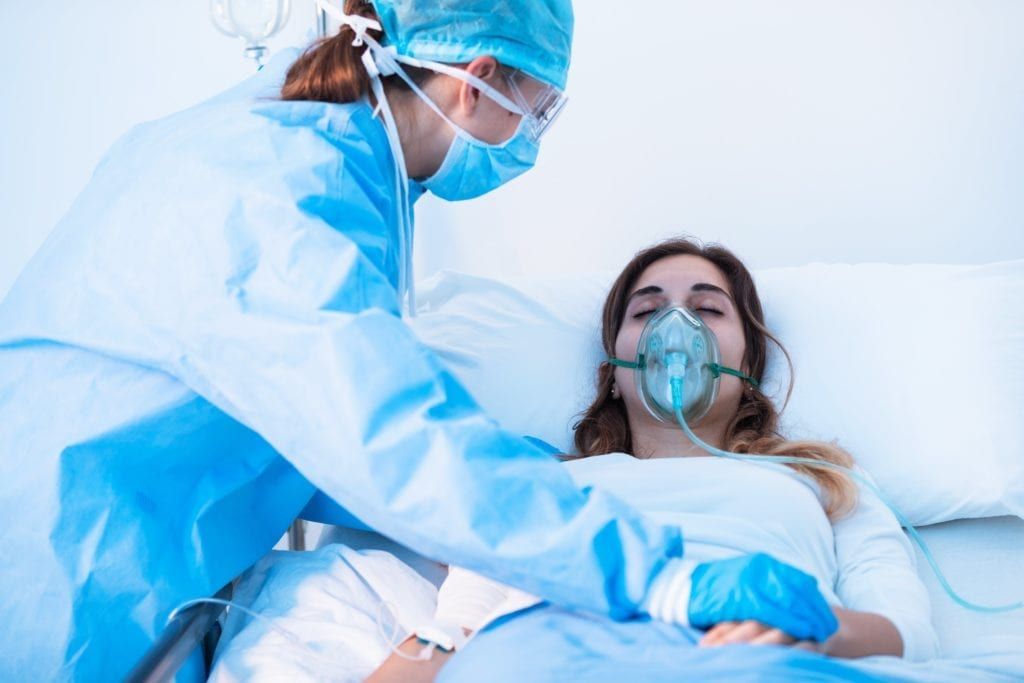
Researchers at the NYU Grossman School of Medicine published a study in the journal Neurology that evaluated 606 patients with COVID-19 who were also diagnosed with brain or nerve related medical conditions. The study notes that neurological symptoms, such as confusion due to electrolyte imbalance, generally started 48 hours after the initial onset of COVID-symptoms. While this study found no presence of SARS-COV-2 in the brain or nerves, indicating that the virus does not attack the CNS, neurological complications can still occur. However, the study attributes these neurological complications as most likely being the result of suffering low oxygen levels for prolonged periods of time. Not only do these neurological complications increase the risk of dying by 38%, but they increase the risk that long-term care will be necessary after being discharged from the hospital by 28%.
“There is enough evidence to suggest just over 90% of the COVID-19 positive cases are going to experience PCNS symptoms months after the acute infection”
Professor Tissa Wijeratne

A recent article published in the Journal of Neurological Sciences written by Professor Tissa Wijeratne (La Trobe University, Western Health, University of Melbourne, Rajarata University) and Professor Sheila Crewther (La Trobe University and Western Health), introduces a phenomenon that Professor Wijeratne and Crewther are calling Post Covid-19 Neurological Syndrome. This theory is based on information obtained from past studies on similar illnesses, specifically severe acute respiratory syndrome coronavirus (SARS) and Middle East respiratory syndrome coronavirus (MERS), which both caused prolonged neurological impact in many patients. PCNS is believed to be characterized by prolonged muscle weakness, chronic fatigue, depression, anxiety, sleep impairment, dizziness, headaches, and PTSD. While the study concludes by noting that the full effects of PCNS are not known, it is encouraged that special attention is given to the neurological and cognitive monitoring of COVID-19 cases.
NOTE: This is Part I of IV. Other sections include:
- How COVID-19 Reaches the Brain
- The Neurological Symptoms of COVID-19
- Post-COVID 19 Neurological Syndrome (PCNS)

Dr. Kashouty, a diplomate of the American Board of Psychiatry and Neurology (ABPN), practices general neurology with fellowship trained specialization in clinical neurophysiology. Dr. Kashouty finds the form and function of the nerves and muscles the most interesting part of neurology, which is what led him to specialize in neurophysiology with more emphasis on neuromuscular conditions. He treats all neurological diseases, but his main focus is to treat and manage headaches, movement disorders and neuromuscular diseases.

